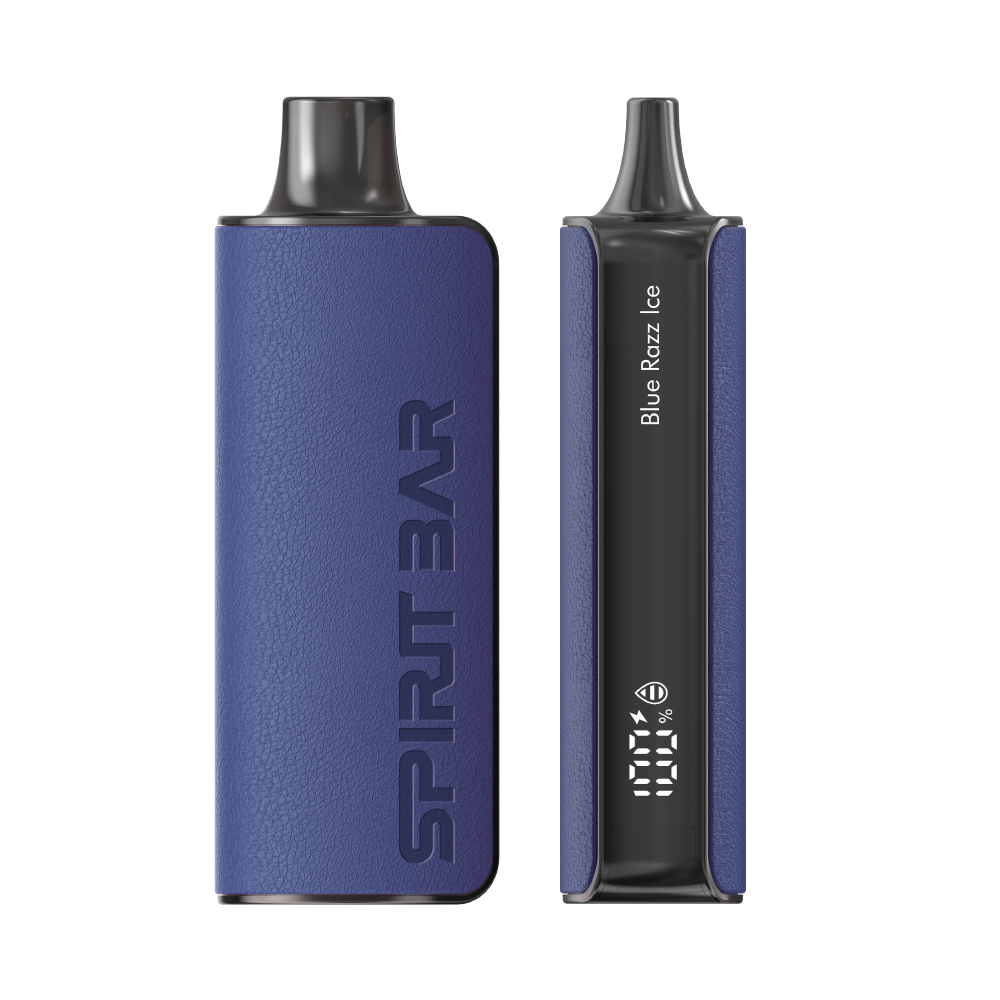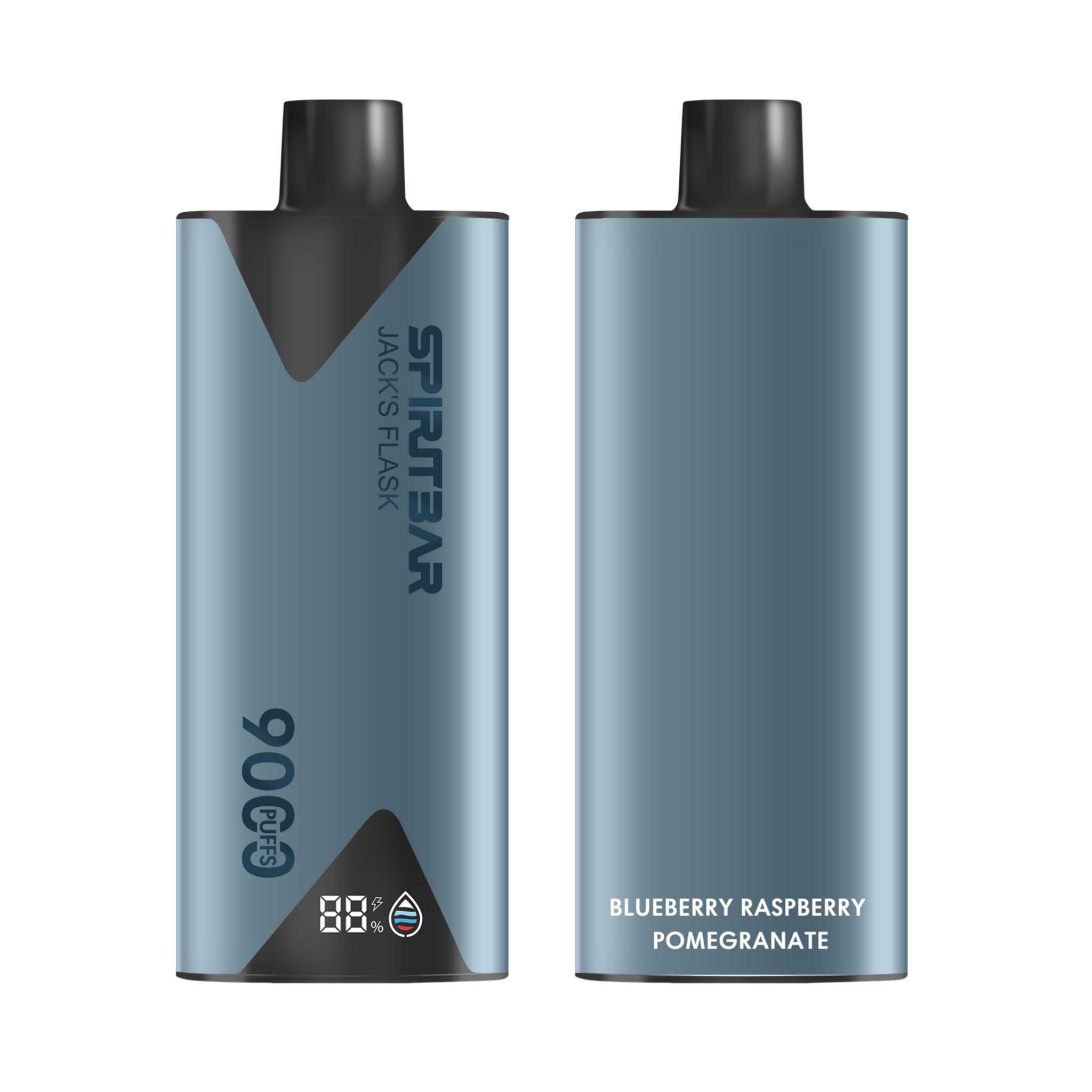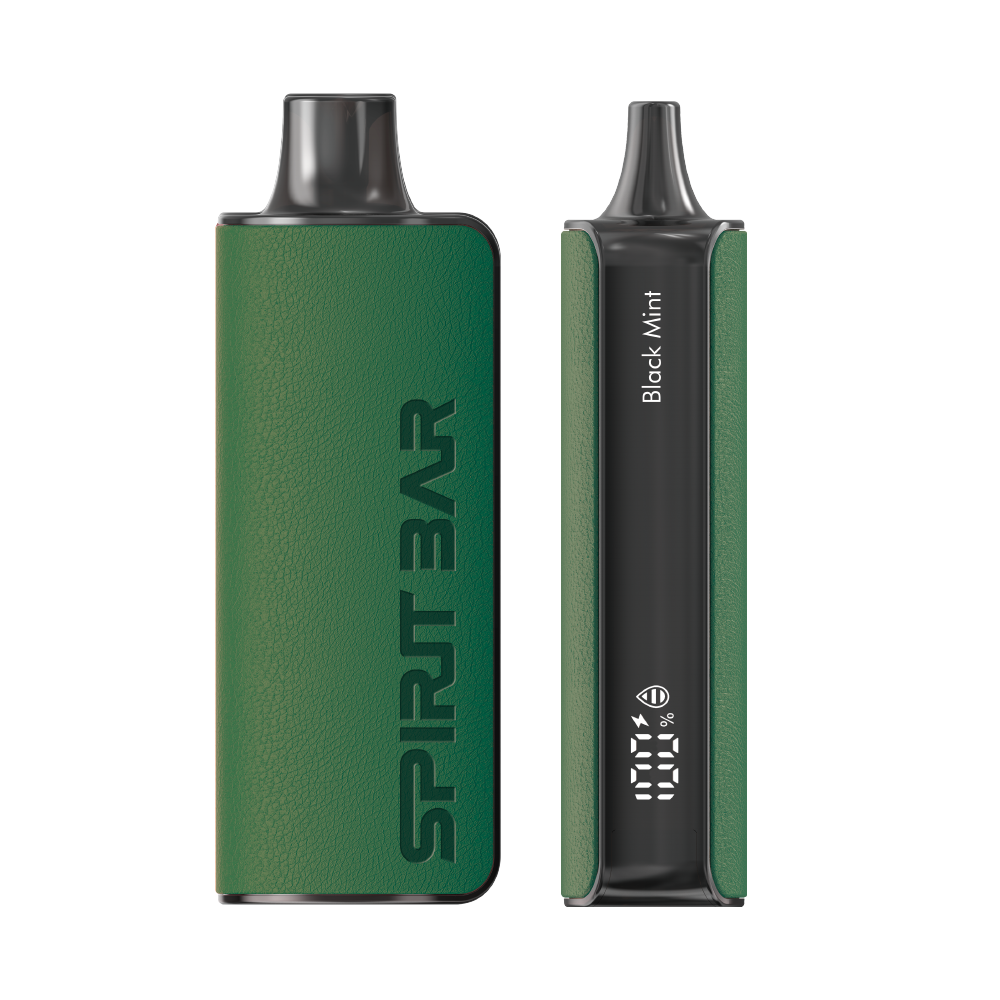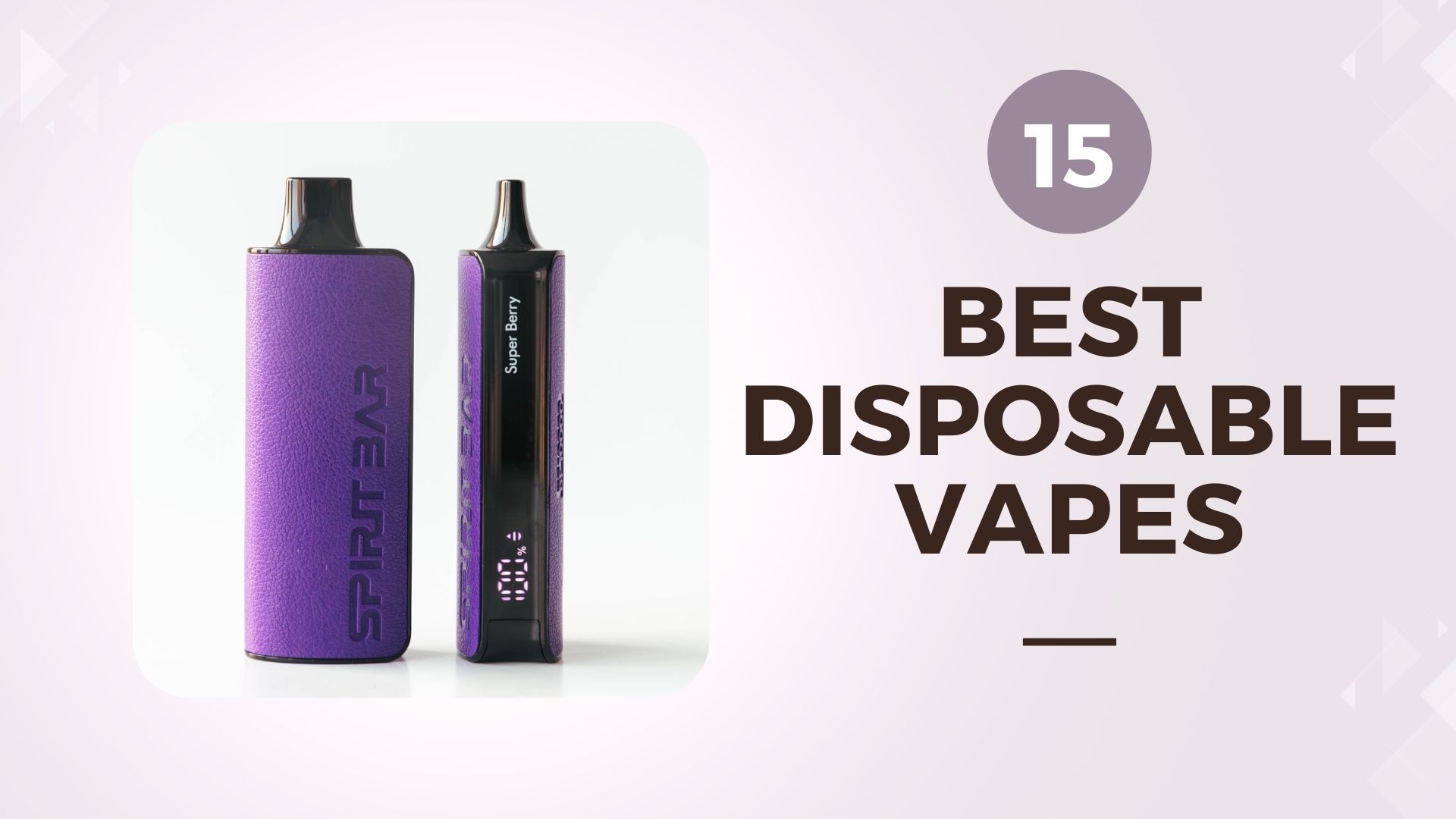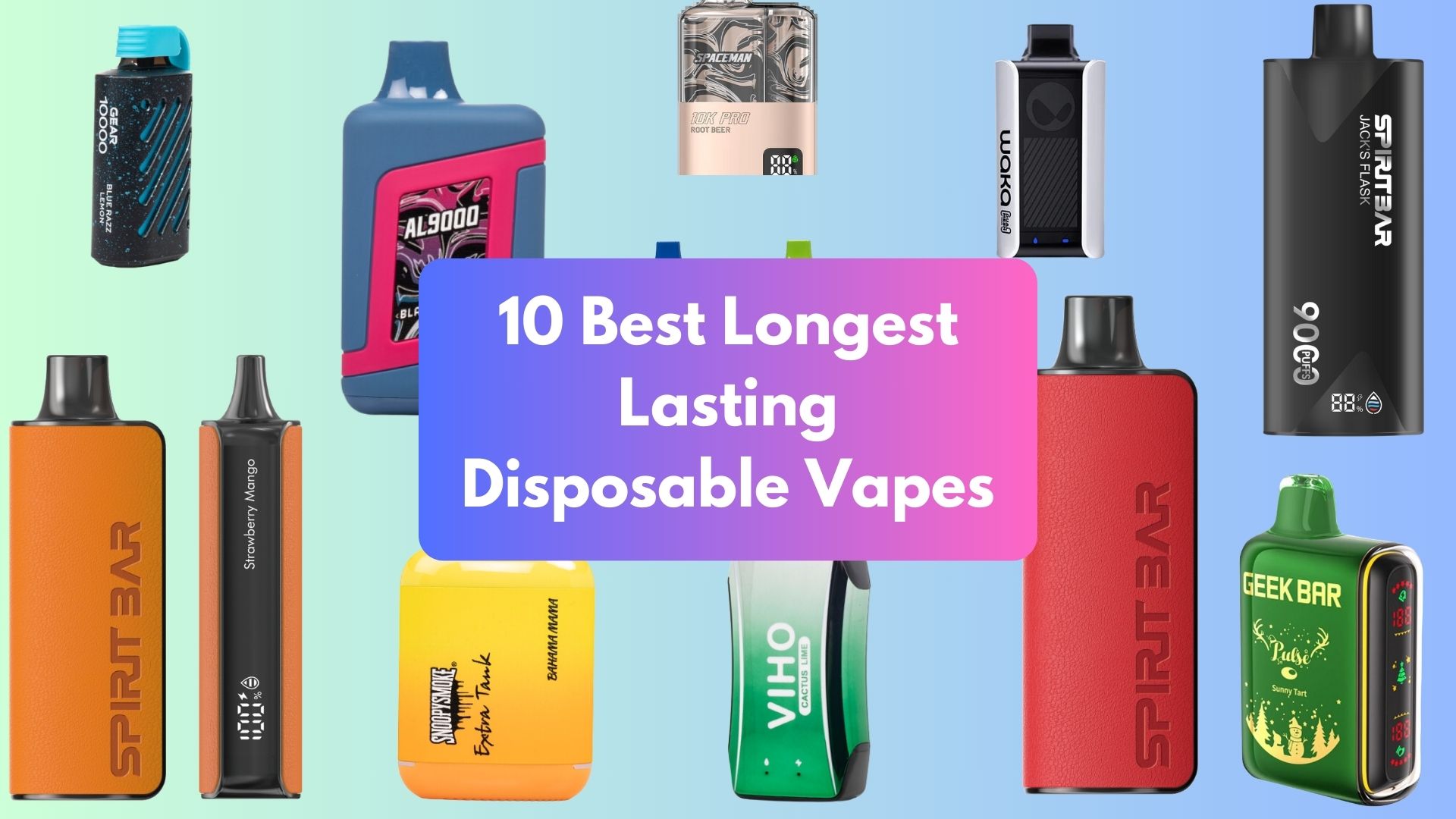Understanding the Current Vaping Tax Structure in Massachusetts
Overview of VAT on Vaping Products
In Massachusetts, you’re currently paying a standard 20% VAT on vaping products. This is in stark contrast to tobacco products, which not only include VAT but also carry a separate levy. The distinction is significant, as it keeps the cost of vaping lower than that of traditional tobacco, potentially encouraging smokers to switch.
Vaping products that are regulated as medicines benefit from a reduced VAT rate of 5%. This incentivizes products that are recognized for their role in smoking cessation. Moreover, the government’s initiative, known as the ‘swap to stop’ scheme, offers traditional smokers free vaping starter packs, further promoting the transition away from tobacco.
While the affordability of vaping products is seen as a positive step for public health, concerns arise over the accessibility of these products to young people and non-smokers.
Remember, the landscape of vaping taxation is subject to change, especially with discussions of a new vaping tax on the horizon. Keep an eye on the upcoming budget announcements to stay informed about potential shifts that could affect your wallet and health choices.
Comparison with Tobacco Product Taxation
When you compare the taxation of vaping products to traditional tobacco products in Massachusetts, you’ll notice a stark contrast. Vaping products are subject to a significant excise tax of 75%, as highlighted in the ComplyIQ report on Vape & E-Cig Tax By State for 2024. This is considerably higher than the taxes on some tobacco products.
To give you a clearer picture, here’s a quick comparison:
- Cigarettes: More than 40% of the retail price is taxes on average.
- Vaping Products: 75% excise tax in Massachusetts.
This disparity raises questions about the state’s approach to nicotine taxation and its potential impact on consumer behavior. The high tax rate on vaping products might be seen as a deterrent to those considering switching from smoking to vaping, which is often marketed as a less harmful alternative.
The debate around vaping taxation is not just about revenue; it’s also about public health and the role taxes play in influencing consumer choices.
The ‘Swap to Stop’ Scheme and Its Tax Implications
As you consider the Swap to Stop initiative, it’s crucial to understand its tax implications in Massachusetts. The scheme is designed to encourage smokers to switch to vaping, a less harmful alternative, by offering incentives. However, this shift has tax ramifications that need to be carefully weighed.
$36 $12.99 (Free Shipping, 2-6 Days Delivery)
- Up to 10000 Puffs
- E-liquid & Power Screen Display
- Mesh Coil
- 2-6 days delivery
The current tax structure for vaping products in MA includes a 75% excise tax on the wholesale price. This significant tax rate can influence the affordability of vaping products, potentially impacting the success of the ‘Swap to Stop’ scheme. Here’s a quick breakdown of the tax components:
- Excise Tax: 75% of wholesale price
- Sales Tax: Applicable at the state rate
The American Lung Association encourages individuals to quit tobacco, providing resources to support this transition. The ‘Swap to Stop’ initiative aligns with this goal, but the tax burden could pose a challenge for those looking to switch.
The balance between public health objectives and tax revenue is delicate. The ‘Swap to Stop’ scheme’s success hinges on making vaping products financially accessible while maintaining tax income for the state.
Potential Changes to Vaping Taxes in the Upcoming Budget
Government’s Consideration of a New Vaping Tax
As you navigate the evolving landscape of vaping regulations, it’s important to stay informed about potential changes that could affect your wallet. The government, recognizing a significant differential between the taxation of tobacco and vaping products, is contemplating the introduction of a new vaping tax. This move, first mentioned during November’s King’s Speech, aims to address the disparity and could be announced in the upcoming Budget.
$36 $12.99 (Free Shipping, 2-6 Days Delivery)
- Up to 9000 Puffs
- Stylish pirate flask-shaped metal body
- E-liquid & Power Screen Display
- 2-6 days delivery
The proposed tax would target the liquid in vapes, particularly focusing on variants with higher nicotine content. While the exact rates are yet to be disclosed, the principle is clear: the more nicotine, the higher the tax. This could lead to a shift in consumer choices, potentially affecting the affordability of vaping products.
The introduction of a vaping tax could have a ripple effect on the market, making it crucial for you to understand the implications for both your health and your pocket.
In anticipation of the Budget announcement, here’s a quick rundown of the current tax situation for vaping products:
- Vaping products are currently taxed at 20% VAT.
- Medicinally regulated e-cigarettes enjoy a lower VAT rate of 5%.
- Unlike tobacco products, vaping items do not carry a separate levy.
Should the new vaping tax come into effect, it may also prompt an increase in tobacco duty to maintain the cost advantage of vaping as a cessation tool. This is particularly relevant in light of the government’s ‘swap to stop’ scheme, which provides free vaping starter packs to encourage smokers to quit tobacco.
Projected Revenue from the Proposed Vaping Tax
As you consider the implications of the new vaping tax, it’s important to understand the potential financial impact. Treasury analysis suggests that this tax, in conjunction with the tobacco duty increase, could generate approximately
500 million pounds annually. This figure represents a significant boost to the state’s revenue, particularly in light of the declining tax collections from traditional tobacco products.
The proposed tax will target the liquid in vapes, with higher rates for products containing more nicotine. Here’s a simplified breakdown of the projected revenue:
$36 $12.99 (Free Shipping, 2-6 Days Delivery)
- Up to 10000 Puffs
- E-liquid & Power Screen Display
- Mesh Coil
- 2-6 days delivery
| Nicotine Content | Estimated Tax Rate | Projected Annual Revenue |
|---|---|---|
| Low | X% | \ |
| 100M | ||
| Medium | Y% | \ |
| 200M | ||
| High | Z% | \ |
| 200M |
The introduction of a vaping tax is seen as a measure to fill budget gaps exacerbated by the pandemic and to address the public health concerns associated with vaping.
Remember, these figures are estimates and the actual revenue will depend on various factors, including consumer behavior and the final tax structure approved by the legislature. The goal is to strike a balance between discouraging harmful habits and ensuring a stable source of revenue for the state.
Implications for Tobacco Duty and Vaping Affordability
As you consider the potential changes to vaping taxes in Massachusetts, it’s important to understand the broader implications, particularly for tobacco duty and vaping affordability. The government’s proposal to introduce a new vaping tax, as mentioned in the King’s Speech, highlights a significant differential with the existing tobacco tax. This move could see the cost of vaping products increase, especially for those with higher nicotine content.
The introduction of a vaping tax could raise approximately \$500 million annually, according to Treasury analysis. This revenue is crucial for the state’s budget but may also impact the affordability of vaping products, which are currently taxed only with VAT. The balance between discouraging smoking and maintaining vaping as a more accessible alternative to tobacco is delicate.
The proposed tax changes aim to ensure that vaping remains a cheaper alternative to smoking, while also addressing concerns about youth accessibility.
Here’s a quick look at the potential financial impact on consumers:
$36 $12.99 (Free Shipping, 2-6 Days Delivery)
- Up to 9000 Puffs
- Stylish pirate flask-shaped metal body
- E-liquid & Power Screen Display
- 2-6 days delivery
| Product Type | Current Tax | Proposed Tax Increase |
|---|---|---|
| Disposable Vapes | VAT Only | VAT + Vaping Levy |
| Vape Liquids (High Nicotine) | VAT Only | VAT + Higher Vaping Levy |
Remember, the affordability of vaping products is not just a matter of economics; it’s also a public health issue. The final decision on vaping taxation will need to carefully weigh the benefits of additional revenue against the risk of making vaping less accessible as a cessation tool.
The Debate Over Vaping Taxation
Arguments for and Against a Separate Vaping Levy
As you navigate the complex landscape of vaping taxation, it’s crucial to weigh the arguments on both sides of the debate. Proponents of a separate vaping levy argue that it could bridge the tax differential between traditional tobacco products and vaping, which is currently only subject to VAT. This could potentially discourage smoking by maintaining the cost advantage of vaping as a less harmful alternative.
On the other hand, critics caution that a new tax could make vaping less affordable, potentially driving former smokers back to tobacco. They also raise concerns about the impact on small businesses, like the vape shop in Boston that not only sells products but also provides valuable guidance and popular flavors to enhance the vaping experience.
The question remains: Will the new tax strike the right balance between public health objectives and economic considerations?
Finally, it’s important to consider the potential revenue from such a tax. Treasury analysis suggests that a new vaping tax, coupled with an increase in tobacco duty, could raise approximately
| Revenue Source | Projected Annual Income |
|---|---|
| New Vaping Tax |
500m |
| Tobacco Duty Increase | Variable (2% above inflation last year) |
This table underscores the economic incentive for the government, but the long-term effects on public health and market dynamics are still up for debate.
$36 $12.99 (Free Shipping, 2-6 Days Delivery)
- Up to 10000 Puffs
- E-liquid & Power Screen Display
- Mesh Coil
- 2-6 days delivery
Impact on Public Health and Youth Accessibility
The debate over vaping taxation isn’t just about numbers; it’s about people, especially the younger generation. The tax rate on vaping products can significantly influence youth behavior, steering them towards or away from nicotine addiction. A delicate balance must be struck to ensure that vaping remains a less harmful alternative for adult smokers without becoming an attractive option for minors.
Accessibility to vaping products is closely tied to their affordability, which is directly affected by taxation. Here’s a brief look at how taxes can impact public health and youth access:
- High taxes may deter youth from purchasing vaping products due to cost.
- Conversely, low taxes could make these products more accessible to minors.
- Tax revenues can fund public health campaigns and cessation programs.
- A nuanced tax policy could potentially reduce youth vaping rates while supporting adult smokers in their transition away from more harmful tobacco products.
It’s crucial to consider the long-term public health implications of vaping taxes. A tax policy that’s too aggressive could push both adults and youth towards the black market, undermining the potential health benefits of regulated products.
Economic Considerations and Tax Design Challenges
When you consider the economic implications of a vape tax in MA, it’s crucial to understand that the tax design must balance revenue generation with the potential impact on consumer behavior. The tax rate should be set at a level that discourages excessive use without driving consumers to the black market. This delicate balance is at the heart of tax design challenges.
In Massachusetts, the current vaping tax structure is a point of contention among stakeholders. The revenue stability of the tax is questioned, as vaping products are relatively new and their market is still evolving. Here’s a snapshot of the economic considerations:
- Ensuring the tax does not disproportionately affect low-income individuals.
- Assessing the elasticity of demand for vaping products.
- Projecting long-term revenue as vaping trends fluctuate.
The goal is to create a tax policy that supports public health objectives while also providing a stable source of revenue for the state.
Finally, it’s important to recognize that the vaping industry, including local shops like the one in Boston with its SPIRITBAR Jack’s Flask 9000 Puffs, plays a role in the economy. Positive reviews and reasonable prices contribute to a business’s success, which in turn affects tax revenue and economic activity.
$36 $12.99 (Free Shipping, 2-6 Days Delivery)
- Up to 9000 Puffs
- Stylish pirate flask-shaped metal body
- E-liquid & Power Screen Display
- 2-6 days delivery
Comparative Analysis of Vapor Taxes Across States
Vapor Tax Rates and Their Variations by State
As you explore the landscape of vapor taxes, it’s important to recognize the diversity across states. Each state has the autonomy to set its own tax rates, leading to a patchwork of policies that can be confusing for consumers and businesses alike. For instance, some states impose a percentage-based tax on the wholesale price, while others opt for a per-unit or per-milliliter tax.
Vapor taxes are often lower than those on traditional tobacco products, reflecting the view that vaping can be a less harmful alternative. However, the variation in tax structures makes direct comparisons challenging. Below is a simplified table showing how vapor tax rates can differ:
| State | Tax Type | Rate |
|---|---|---|
| State A | Percentage | 5% |
| State B | Per-unit | $0.30/unit |
| State C | Per-milliliter | $0.05/mL |
Remember, the goal of taxation is not just to generate revenue but also to influence behavior. A well-designed vapor tax should balance the need for public health with the realities of economic impact.
Disposable vapes, now a common sight at gas stations, underscore the need for a nuanced approach to taxation. With prices ranging from $5-$25, affordability is key for many users. The tax policy must consider the accessibility and appeal of these products, especially among the youth.
Massachusetts’ Position in the National Tax Landscape
As you navigate the complex terrain of vapor taxes across the United States, you’ll find that Massachusetts holds a distinctive position. Massachusetts’ tax structure is a blend of competitive individual income tax rates and a sales and use tax system that does not impose local sales taxes. This unique combination contributes to its competitive tax advantage in New England.
In the national context, Massachusetts’ approach to vaping taxation is particularly noteworthy. While some states, like New York, impose a 20% tax covering all vaping products, Massachusetts has yet to implement a comprehensive vaping tax. Instead, the Commonwealth has maintained a more cautious stance, potentially due to concerns over economic transformation and competitiveness.
The absence of a statewide vaping tax in Massachusetts may reflect a strategic choice to preserve the state’s economic standing and attract consumers from neighboring states with higher taxes.
Here’s a quick comparison of how Massachusetts stands in relation to other states:
$36 $12.99 (Free Shipping, 2-6 Days Delivery)
- Up to 10000 Puffs
- E-liquid & Power Screen Display
- Mesh Coil
- 2-6 days delivery
- No local sales taxes on vaping products
- Competitive individual income tax rates
- No comprehensive vaping tax currently in place
Understanding Massachusetts’ tax policy in relation to vaping is crucial, especially as discussions around potential changes continue to evolve.
Lessons from Other States’ Vapor Tax Policies
When examining the vapor tax policies of other states, it’s clear that a delicate balance must be struck. High taxes on vapor products can inadvertently lead consumers back to traditional tobacco, which is counterproductive to public health goals. States that have implemented moderate taxes have seen a different outcome, where vaping remains a less harmful alternative for smokers looking to quit.
Incentives play a crucial role in shaping consumer behavior. For instance, states with lower vapor taxes often report lower rates of cigarette smuggling, as the demand for cheaper, tax-evaded cigarettes diminishes. This suggests that reasonable vapor taxes can discourage the illicit cigarette market while supporting public health initiatives.
- States with high vapor taxes see increased cigarette smuggling
- Moderate vapor taxes correlate with reduced tobacco use
- Lower vapor taxes can undermine illicit cigarette markets
It’s essential to consider the broader implications of vapor taxation, not just the immediate fiscal impact. Thoughtful tax design can promote healthier choices without encouraging unintended consequences.
Future of Vaping Tax Policy in Massachusetts
Potential Outcomes of the Budget Announcement
As you await the budget announcement, it’s crucial to consider the potential outcomes for vaping taxation in Massachusetts. The budget could signal a significant shift in how vaping products are taxed, aligning with broader health and economic strategies.
- A possible increase in taxes on vaping products, aiming to deter usage, especially among the youth.
- Introduction of stricter penalties for selling vapes to minors, reflecting a commitment to enforce age restrictions.
- Adjustments to the taxation framework that could affect both consumers and businesses in the vaping industry.
The anticipation of these changes comes at a time when economic growth is sluggish, and the government’s fiscal policies are under scrutiny.
The ripple effects of the budget will be felt across the state, from individual vapers to retailers and manufacturers. Whether these measures will lead to a healthier population or simply shift consumer habits remains to be seen. However, one thing is certain: the landscape of vaping taxation in Massachusetts is poised for change.
Long-term Economic Effects of Vaping Taxation
When considering the long-term economic effects of vaping taxation in Massachusetts, it’s essential to recognize the potential for both positive and negative outcomes. Vape shops are highly profitable, with global market growth and increasing demand. However, factors such as competition, wholesale costs, and location can significantly affect profitability. Opening a vape shop requires thorough planning and investment.
$36 $12.99 (Free Shipping, 2-6 Days Delivery)
- Up to 9000 Puffs
- Stylish pirate flask-shaped metal body
- E-liquid & Power Screen Display
- 2-6 days delivery
The introduction of a vaping tax could lead to a shift in consumer behavior. If the tax is too high, it might drive consumers towards cheaper, potentially less safe alternatives or even to the black market. This could inadvertently undermine public health objectives and reduce the anticipated tax revenue.
Vaping taxes also have the potential to influence the overall market dynamics. Here’s how:
- They could encourage existing smokers to switch to vaping if the tax on traditional tobacco products remains higher.
- A moderate tax could maintain vaping as an affordable alternative to smoking, potentially aiding in public health efforts.
- Excessive taxation might stifle innovation and investment in the vaping industry, possibly leading to a decline in market diversity.
It’s crucial to strike a balance between generating revenue and supporting public health goals. The right tax policy could foster an environment where vaping serves as a less harmful alternative for smokers, without becoming an attractive option for non-smokers or youth.
Ultimately, the long-term economic impact will depend on how the tax is structured and implemented. Policymakers must carefully consider the elasticity of demand for vaping products and the potential for unintended consequences.
Strategies for Balancing Revenue and Public Health Goals
Finding the sweet spot between generating revenue and promoting public health can be challenging. Massachusetts must consider the long-term implications of vaping taxation, ensuring that it neither incentivizes harmful tobacco use nor creates a financial barrier to safer alternatives. A graduated tax structure might be the key, where lower rates are applied to less harmful products, encouraging smokers to transition while still contributing to state funds.
To illustrate, consider the following points:
- Establishing clear guidelines for vape product safety and usage.
- Implementing educational programs in vape shops, like the one in East Providence, which offers guides on disposable vapes and vape juice usage.
- Monitoring and adjusting tax rates based on public health data and economic impact studies.
By carefully calibrating the tax rates and providing support for cessation programs, Massachusetts can aim to reduce smoking rates without unduly burdening consumers or businesses.
Ultimately, the state’s approach must be flexible, data-driven, and transparent to successfully navigate the complex interplay between fiscal responsibility and health advocacy.
As Massachusetts navigates the evolving landscape of vaping tax policy, staying informed is crucial for both consumers and retailers. The future holds potential changes that could impact your vaping experience and business operations. To keep abreast of the latest developments and insights, visit our website at SPIRIT BAR. We provide up-to-date information and analysis on vaping tax policies that could shape the industry in Massachusetts. Don’t miss out on the opportunity to be ahead of the curve – explore our resources now!
Frequently Asked Questions
What is the current tax structure for vaping products in Massachusetts?
Vaping products in Massachusetts are currently subject to a 20% VAT. Unlike tobacco products, they do not have a separate excise tax. Medicinally regulated e-cigarettes have a lower VAT rate of 5%.
How does the tax on vaping products compare to the tax on tobacco products in Massachusetts?
Tobacco products in Massachusetts are subject to a separate tax that was raised by 2% above inflation last year, in addition to VAT, making them more heavily taxed than vaping products.
What is the ‘Swap to Stop’ scheme and how does it affect taxes?
The ‘Swap to Stop’ scheme in England offers traditional smokers free vaping starter packs to help them quit smoking. This scheme is not directly related to taxes but aims to promote a healthier alternative to tobacco.
Is the government planning to introduce a new tax on vaping products?
Yes, the government is considering a new tax on the liquid in vapes, which could be announced in the upcoming budget. The rate may be higher for liquids with more nicotine content.
What are the projected revenues from the proposed vaping tax?
Treasury analysis suggests that the new vaping tax, along with the increase in tobacco duty, could raise around £500m a year.
How might changes to vaping taxes impact public health and youth accessibility?
Changes to vaping taxes could make vaping products less affordable, potentially reducing their accessibility to young people. However, it may also drive some consumers back to more harmful tobacco products if not designed carefully.
Sharing is caring!


